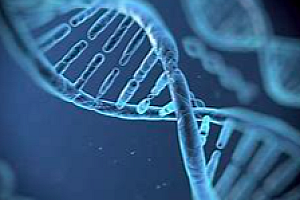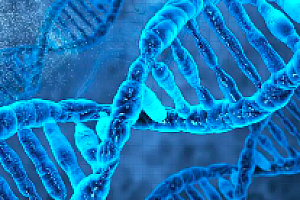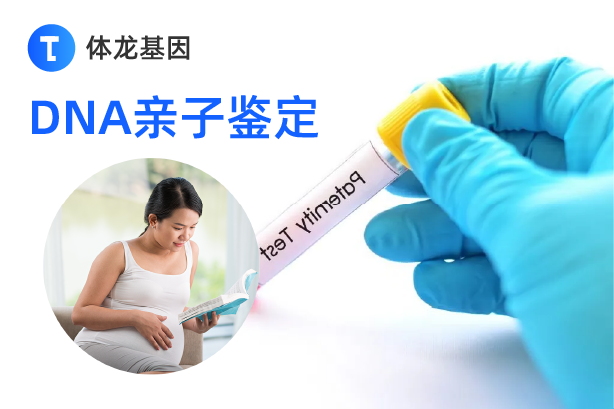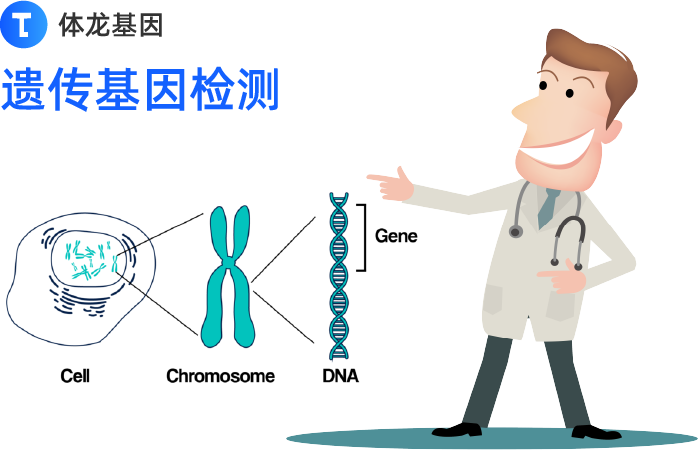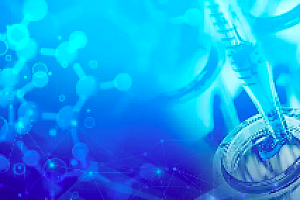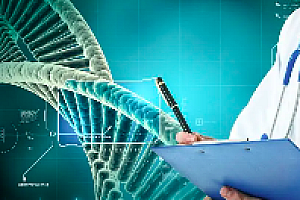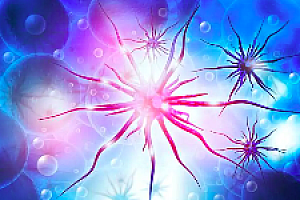近日,来自瑞士的科学家在国际著名生物学期刊nature medicine发表了他们的一项最新研究成果,他们结合压力循环技术(PCT)和SWATH-MS技术提出一种将临床组织样本转换为单个数字文件的方法,应用这种方法对样本的蛋白组学信息进行记录,方便研究人员对样本信息进行反复分析和对比。这一方法的提出对增加临床样本的利用效率具有重要意义。
活体组织检查(biopsy)简称”活检”,是指应诊断、治疗的需要,从患者体内切取、钳取或穿刺等取出病变组织,进行病理学检查的技术。这是诊断病理学中最重要的部分,对绝大多数送检病例都能做出明确的组织病理学诊断,被作为临床的最后诊断。活检取出的组织样本一般量比较少,对于病人疾病的检测和诊断非常重要。但每一个临床样本都具有其唯一性,样本的量非常有限并且不可再生。类似于组织活检这样的小样本经常会在一系列检验分析之后被消耗殆尽。
研究人员提出一种结合压力循环技术(PCT)和SWATH-MS技术的方法,能够将小量的组织样本转变成单个,永久性的数字文件,该类文件基于质谱技术,记录着样本的蛋白组学信息,并具有快速和可重复性特点。该方法导出的蛋白质组学图谱文件能够用于不同样本之间特定蛋白质的分析,重分析,对比以进行检测和量化。
研究人员应用这种方法将9名肾细胞癌病人的18个活检样本进行了处理并转换成SWATH-MS片段离子图谱。研究人员从所有样本的蛋白质组学图谱中检测并量化了超过2000种蛋白,具有高度重复性。这些检测出来的蛋白质清晰得将肾脏肿瘤组织与正常的健康组织区分开来,同时也对各种组织形态不同的肾脏肿瘤亚型进行了区分。
综上所述,该项研究提出了将临床样本进行质谱处理分析转换成数字文件的方法,增强了对临床样本的利用效率,具有非常重要的意义。
英文原文
Rapid mass spectrometric conversion of tissue biopsy samples into permanent quantitative digital proteome maps
Tiannan Guo,1, Petri Kouvonen,1, 2, Ching Chiek Koh,1, 3, Ludovic C Gillet,1, Witold E Wolski,1, 4, Hannes L R?st,1, 5, George Rosenberger,1, 5, Ben C Collins,1, Lorenz C Blum,4, 6, Silke Gillessen,7, Markus Joerger,7, Wolfram Jochum8, & Ruedi Aebersold
Clinical specimens are each inherently unique, limited and nonrenewable. Small samples such as tissue biopsies are often completely consumed after a limited number of analyses. Here we present a method that enables fast and reproducible conversion of a small amount of tissue (approximating the quantity obtained by a biopsy) into a single, permanent digital file representing the mass spectrometry (MS)-measurable proteome of the sample. The method combines pressure cycling technology (PCT) and sequential window acquisition of all theoretical fragment ion spectra (SWATH)-MS. The resulting proteome maps can be analyzed, re-analyzed, compared and mined in silico to detect and quantify specific proteins across multiple samples. We used this method to process and convert 18 biopsy samples from nine patients with renal cell carcinoma into SWATH-MS fragment ion maps. From these proteome maps we detected and quantified more than 2,000 proteins with a high degree of reproducibility across all samples. The measured proteins clearly distinguished tumorous kidney tissues from healthy tissues and differentiated distinct histomorphological kidney cancer subtypes.
(责任编辑:sgx)




